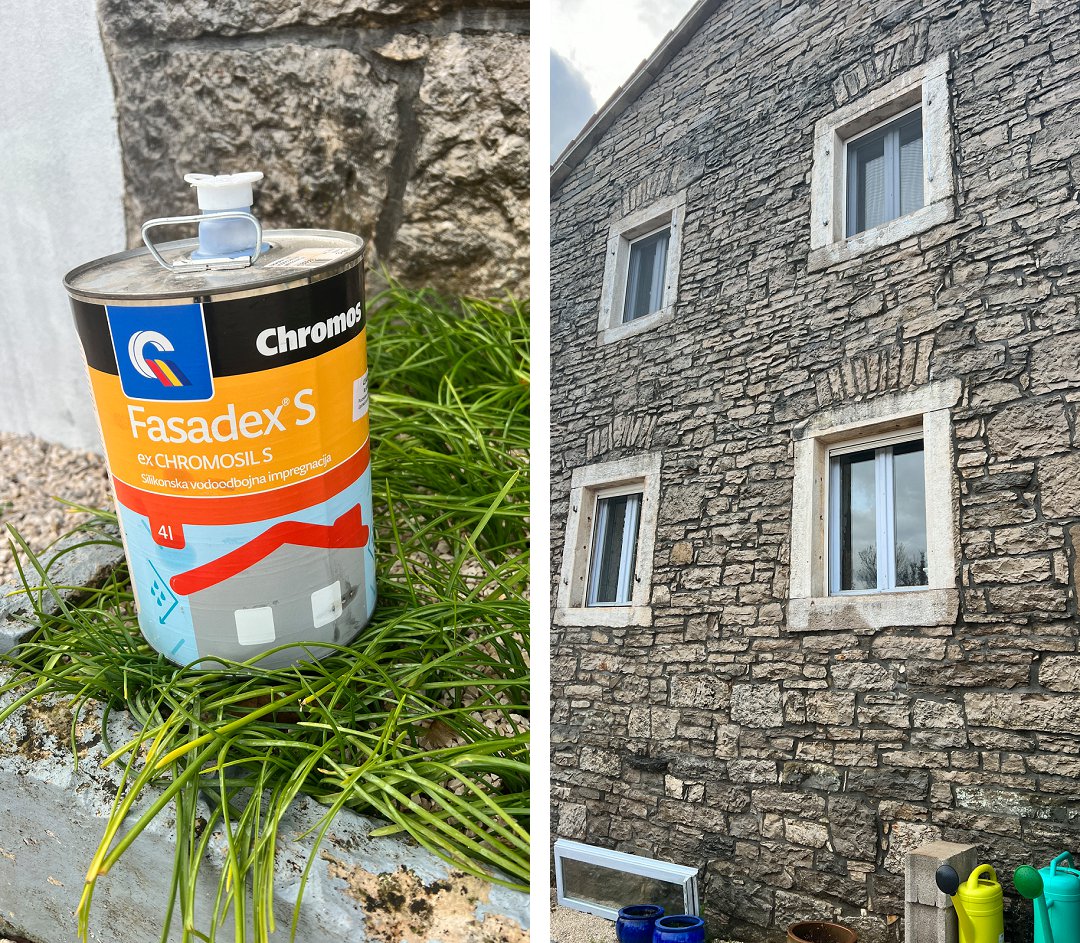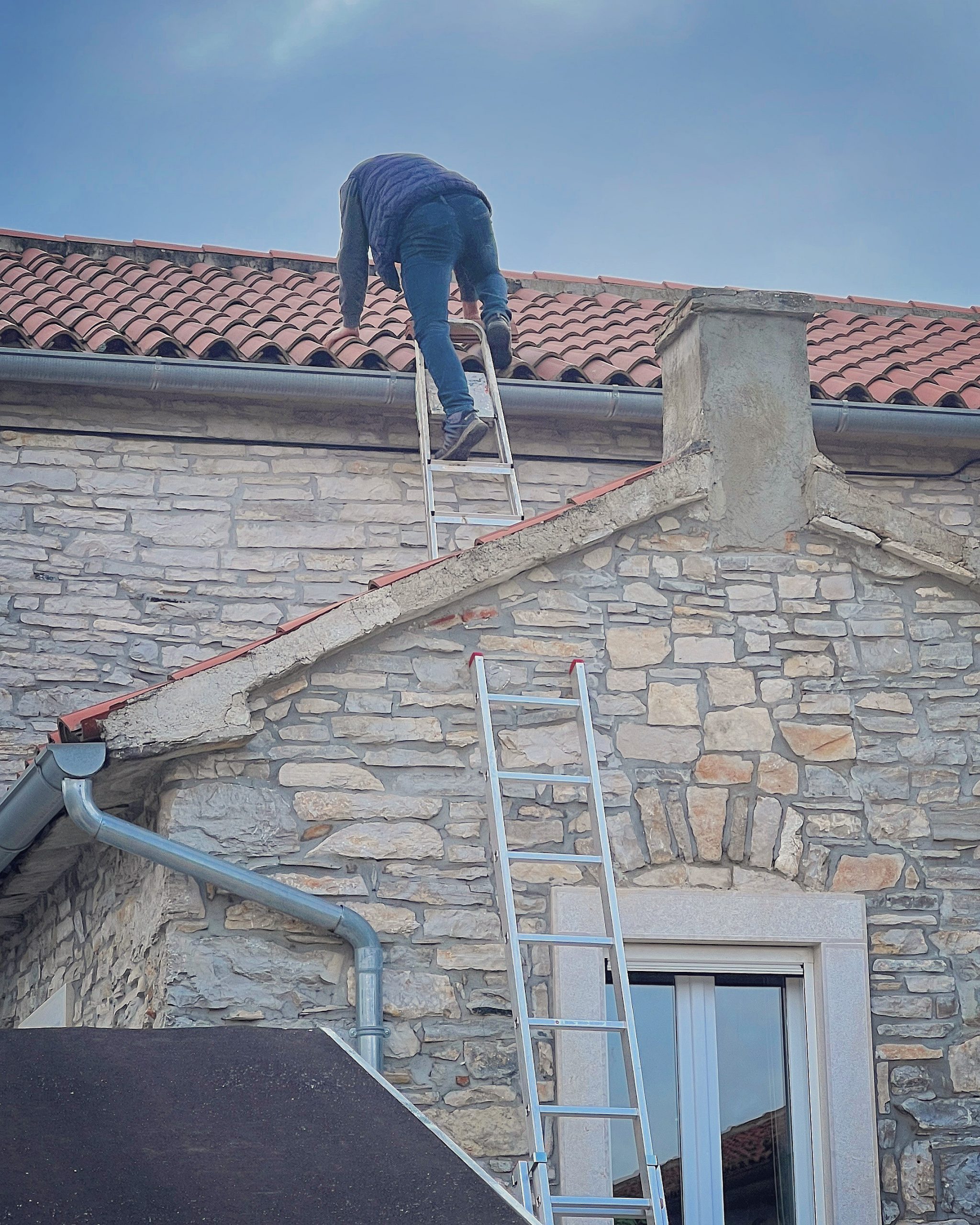Our stone house in Istria isn’t currently a holiday home. Having relocated from Manchester nearly seven years ago, we have lived here full time, renovating the house from top to bottom. We’ve lived through walls being knocked down and out, kitchens and bathrooms being ripped out and started again, the draining of a 10 metre internal well chamber. Every room painted to within an inch of its life. Some, more times than once. Or twice. Demolition work. Excavation work in the garden. Diggers and dumper trucks and the multiple deliveries of many cubic metres of white pea gravel. Chopping down of trees and planting up of trees. Electrical work. You name it, we’ve probably lived through it.
So, the major renovation work is finally, we think, finished. Although we still have lots of ideas for how we can improve the house further, we think we’ve done what we want to do, to give us a very comfortable life, and to not see renovation chaos again, for quite some time. But, that doesn’t mean we’ve downed tools. Our stone house is very unlike any other house/property we’ve lived in before. This one needs to be looked after and cared for. For most of the year, she’s fine and ticks along very nicely, not giving us any trouble. But come winter, we do need to make sure we are on top of her, because like all stone houses, if left, problems and issues can emerge. The rear walls of the house and the side elevation walls are the most exposed to the weather and so these are treated with an impregnation to keep the house as watertight as possible. We don’t have water ingress, and this is due to the maintenance – however, ingress can be seen on many properties in the area, which are left either locked up for most of the year or empty. Our house is also heated – woodburners and heaters ensure even distribution of warmth and so unless we close up a room, over the winter, without heat, there are no cold-spots, as we use the whole of the property.
Neither of us has a head for heights, but luckily our builder is undaunted by our tall house and so this week, he got out the ladders and sprayed the exterior walls with the impregnation solution. The Istrian stone is usually milky white, but when treated, it became much darker – exactly what it would look like if we left it to the elements and did nothing with it. Thankfully, once the solution had dried, the appearance returned to normal.

As he had the ladders out, our builder also cleared all of the guttering – those unseen jobs, which if not tackled, will lead to problems. He also checked all of the terracotta roof tiles and replaced a small number which were cracked – again, not something we would necessarily have noticed until a problem emerged. The join between our house and our neighbour’s property (currently un-lived in and un-renovated) was also checked and we’re pleased to report that he assessed all was OK.

This is a big job, but one that can be easily overlooked – if there are no signs of water ingress or damage, it’d be easy to not have this important work done. But, we love our home & feel a real duty to keep her in the best condition possible, so we do the work necessary on a regular basis. Meaning that whoever purchases our home, will be safe in the knowledge that she may be old (we think in places over 200 years old), but she’s in the best condition possible.
